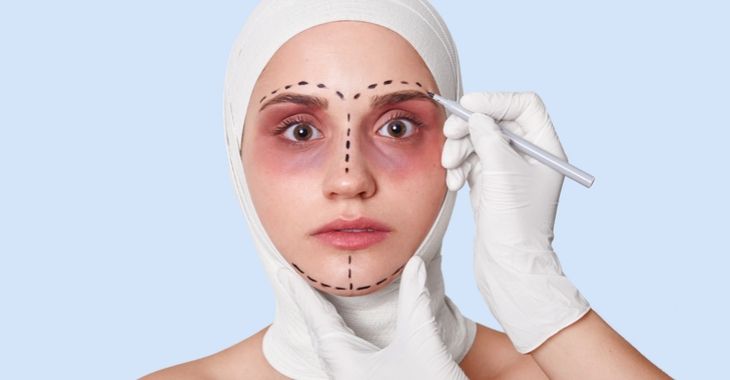What Is a Double-Board Certified Plastic Surgeon?
If you are considering plastic surgery, you want to know that the medical professional you choose is one of the top in their field. You want to ensure that anyone who will be surgically changing your appearance has the credentials that support their experience. As you research local plastic or cosmetic surgeons, you may see some that refer to themselves as double-board certified. To help you choose the best surgeon for your procedure, here is what being double-board certified means.
When referring to board certification when applied to surgeons, it is usually assumed the surgeon has been certified by the American Board of Medical Specialties or ABMS. However, it is important that you confirm what ‘board’ has certified the surgeon. Technically a surgeon could claim to be ‘board-certified’ by a host of medical boards but it is the official ABMS and their specific fields that are the most difficult to achieve and are recognized as true board certifications in the U.S.
To become board-certified by the ABMS, a surgeon must complete their residency in the field (usually 2-3) and then pass the rigorous written and oral exams by the board. This includes case reviews and other requirements such as time-in-practice minimums. It is a very thorough and extensive process for any surgeon to gain one certification such as in plastic surgery by the American Board of Plastic Surgery (ABPS). To become a double-certified plastic surgeon, the individual would also need to achieve a second certification, often in a similar field such as Otolaryngology (ear, nose & throat or ENT).
When choosing a plastic surgeon, limiting your choices to only double-certified plastic surgeons ensures you are choosing from experienced, qualified surgeons, the best of the best.
Posted on behalf of:
Atlanta Plastic Surgery Specialists, P.C.
2001 Peacthree Road #630
Atlanta, GA 30309
(404) 355-3566
The information provided on this website, including text, graphics, images, and other materials, is intended solely for informational purposes and should not be used as a substitute for professional medical advice, diagnosis, or treatment.

)